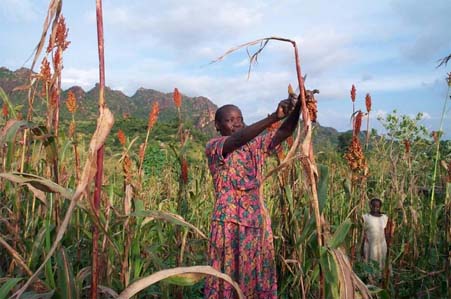Investments in agriculture and rural development are more susceptible to failure when social circumstances affecting livelihoods and food security are not taken into consideration, a new publication from the Food and Agriculture Organisation of the United Nations (FAO) has warned
Comprising three separate user guides, the FAO’s Social Analysis for Agriculture and Rural Investment Projects has been designed to boost the effectiveness of rural investments by focusing on how project design can capture the full social picture when investments target social inclusiveness and gender equity.
“Hunger, malnutrition and poverty are typically tied to the lack of access to productive resources, income opportunities, education and effective social safety nets,” said FAO Investment Centre Division rural sociologist Ida Christensen.
“The social analysis guides are a toolkit for understanding the multiple factors that affect rural people’s livelihoods and for identifying pathways out of poverty, vulnerability and food insecurity.”
The guides offer support to pro-poor programmes and policies by focusing on social diversity objectives, such as gender, ethnicity, age and disability.
The FAO said that it hoped the publication would shine light on applications in agriculture and rural investments that are often overlooked in similar manuals and user guides on social analysis.
Christensen explained that questions on how poverty is defined by people in a given community or household and how poverty and vulnerability affects people differently in urban and rural areas, needed to be asked in order to formulate effective policies and programmes.
The first guide, the Manager’s guide, is targeted towards project managers and team leaders. The Practitioner’s guide, the second in the selection, provides the conceptual framework for carrying out social analysis and designing project activities based on the findings.
The final section, the Field guide, provides checklists and practical information on how to conduct fieldwork.





